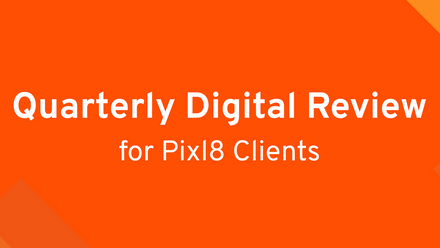What do your members really want?
Many of our clients are now investing in a discrete discovery phase for their website projects. We understand that there is sometimes a need for a precise brief to be agreed at board level and then delivered by the project team at your organisation. However, we’re here to question this approach and encourage a structured but flexible string of discovery deliverables to enable you to offer a user-centred experience for your audiences.
The bare minimum
A more traditional approach would be to arrange a series of workshops, booking them in with key teams within your organisation. The workshops would follow on from our proposal, which responded to the client brief. We’d then go on to suggest a solution from our array of products and best practice functionality. Templates would be designed and the website would be built. We’re not saying this doesn’t work, and we still follow this pattern for clients who already feel confident that they have a good knowledge of user goals.
Are we building the right thing?
There is now so much more we can offer clients to help them identify problems and deliver solutions. We’re delivering websites with excellent user experiences that cater first and foremost for the people who will be using the website every day. We have tried and tested techniques for helping balance user needs and the key business goals that your organisation is looking to achieve.
Considering the user at the start of the project will validate ideas and assumptions. Why add a forum feature to your website if you’ve found out that your audiences use LinkedIn or Facebook to achieve the same goals?
Would a groups collaboration function, where committees or special interest groups could work together, increase general site engagement and get them away from email overload?
There’s a long list of research techniques, workshop exercises, data analysis, documentation and presentations that Pixl8 can offer to help with this. Web analytics reports, user surveys, user interviews, information architecture reviews, user-centred card sorting exercises, top task analysis and personas are just some of the options to consider. If there are constraints that stand in the way of us employing one technique, we’ll use another and we will tailor the suite of options to suit your project and your audiences. You may be also equipped to deal with some discovery in-house and only need our guidance so that you can produce documentation which we’d gladly review.
Your stakeholders
Each person within an organisation cannot always be totally aligned in terms of what they feel the website should be providing. Independent one on one stakeholder interviews will uncover real problems. They will divulge their involvement with the website, where the content relating to their role should sit and their perception of how users feel and interact. It’s also a great way to give everyone a voice as they might feel more inhibited and not speak up in a room full of people.
Prototyping
Prototyping and testing ideas that come out of the research you’ve done in your discovery phase will validate your findings in the real world. Iterations on these ideas will inform a rounded specification for your product.
After the discovery phase
When you’ve completed your discovery phase, you have several options. You may want to continue your research to better understand your users having identified some areas that need more focus. You may have a very clear idea of the requirements for the project which are now verified by users, enabling you to proceed with the build phase of your project. It’s very likely you will have saved your organisation a significant sum by investing in finding out what the requirements are instead of spending time, resources and money on building something that will never be used in the real world.
Where do I start?
If you have a new website or CRM project coming up then you should question the brief and ask if it’s been verified by users. Functions of the website that have been there a long time are not necessarily the best solution to the problem they help to solve for users.
Pixl8 are always happy to offer advice on how to get started. Please contact our UX Consultant, Daniel if you’d like him to come up with a discovery plan for your next project.






